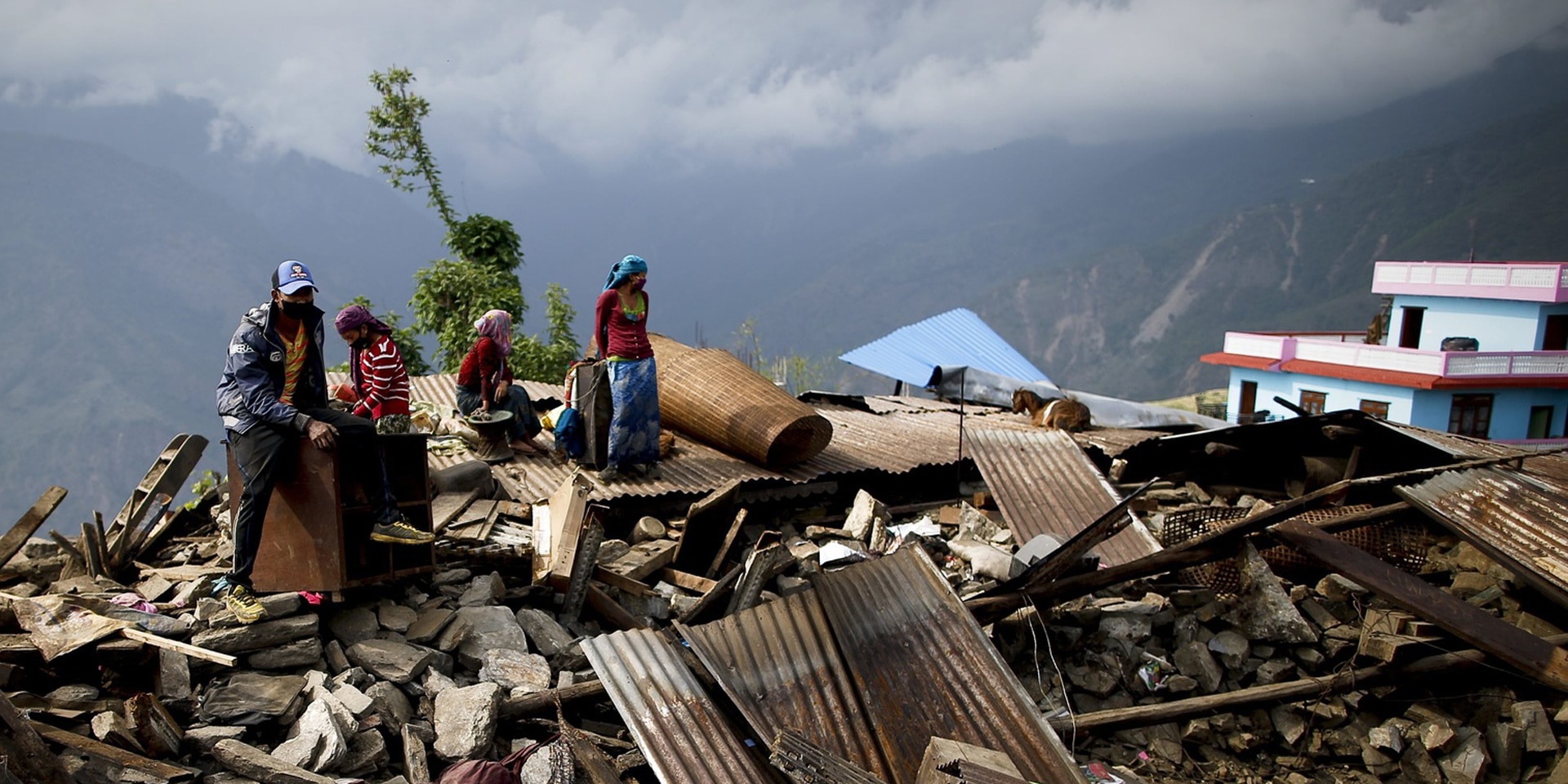Switzerland’s humanitarian commitment
Switzerland’s foreign policy strategy for 2020-23 attributes huge importance to humanitarian aid. Switzerland’s good reputation in the international arena is largely due to its humanitarian tradition. For this reason, it is in Switzerland’s interests to maintain this tradition. Switzerland undertakes aid missions with solidarity and fairness, prioritising the needs of the victims of crisis and disaster. Humanitarian aid is intrinsically linked to compliance with international humanitarian law, international refugee law and humanitarian principles. International Geneva acts as Switzerland’s interface between the United Nations, the International Red Cross and NGOs. It offers Switzerlanda unique opportunity to further develop its humanitarian tradition and to engage in international dialogue. Switzerland is making good use of this opportunity.
Switzerland's International Cooperation Strategy 2021–24, which is driven by the FDFA's Foreign Policy Strategy, seeks to increase interaction between humanitarian aid and development cooperation. More extensive development cooperation may considered for protracted crises. This frees up humanitarian resources for emergency assistance in response to disasters or crises. The 'triple nexus' approach to humanitarian, development and peacebuilding work creates synergies that enhance the ability of countries and populations to manage crises, conflicts or disasters more effectively.
Switzerland’s 2028 Foreign Policy Vision (AVIS28) also concludes that Switzerland’s intrinsic values, such as humanitarian tradition, will continue to be a pillar of its foreign policy. In an era of increasing regular and irregular migration, humanitarian aid can play a stabilising role. Development cooperation and humanitarian aid must become more closely knit so that people can be freed from their dependence on emergency aid and states are increasingly equipped with their own structures to cope with crises or natural disasters.









.jpg)
